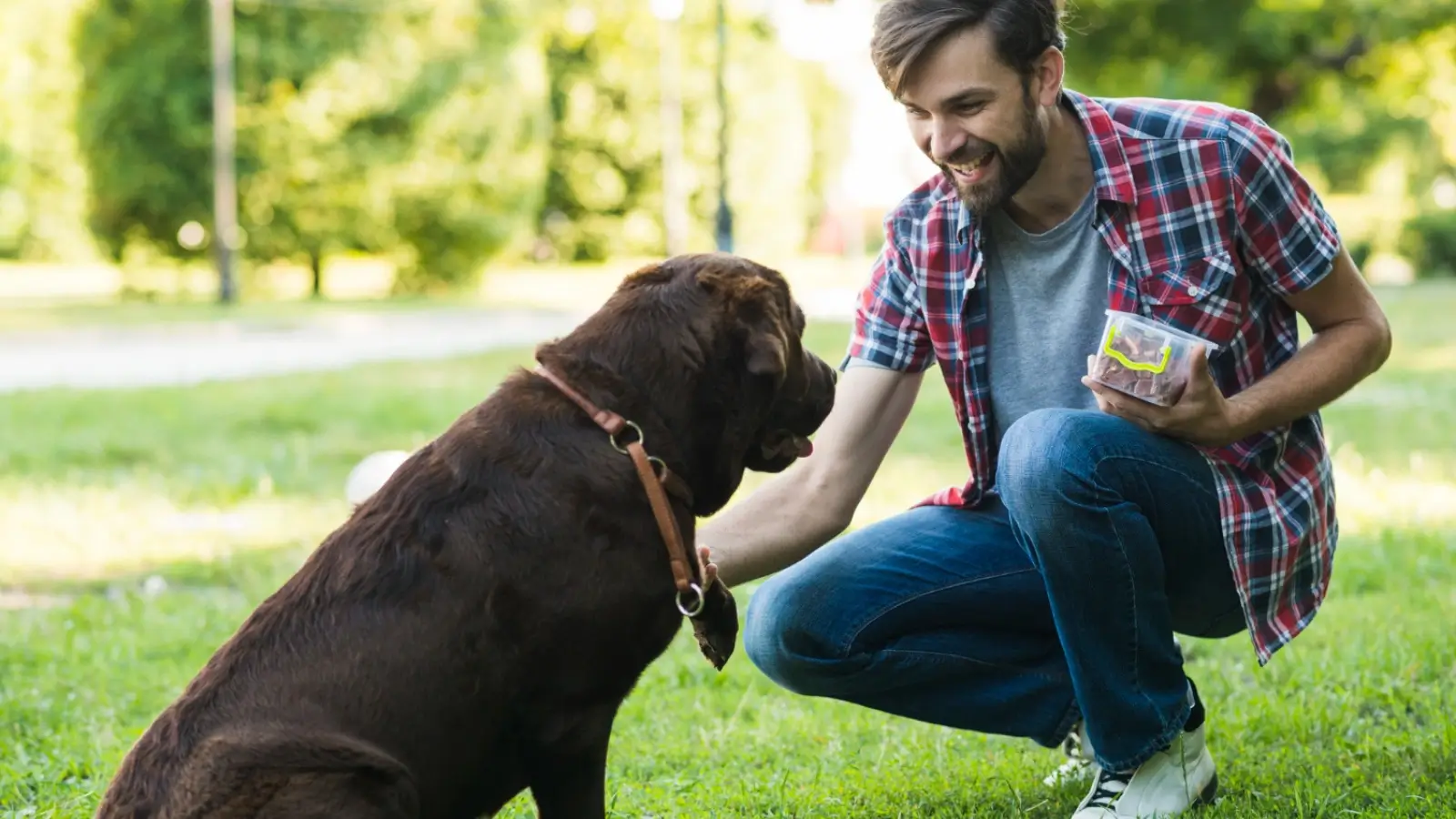


Dog attacks can happen anywhere, anytime—even in peaceful communities like South Jordan. When these incidents occur, victims often need specialized legal support to navigate complex liability issues. Building a proactive culture of caution and awareness helps prevent these traumatic events while protecting both pet owners and the community at large.
Creating safer neighborhoods requires more than just hoping for the best. It demands intentional efforts from pet owners, community leaders, and residents to establish clear expectations and safety protocols. When everyone understands their role in prevention, we can significantly reduce the risk of dangerous encounters.
Dog bite statistics reveal a concerning reality. The American Veterinary Medical Association reports that approximately 4.5 million dog bites occur in the United States each year. Children represent the most vulnerable population, accounting for more than half of all bite victims.
These incidents don't discriminate by location. Suburban communities, urban centers, and rural areas all experience dog-related injuries. The severity ranges from minor scratches to life-threatening wounds requiring extensive medical treatment and psychological support.
Understanding these numbers helps communities recognize that prevention isn't optional—it's essential for public safety.
Successful prevention begins with establishing clear boundaries. Pet owners must understand their responsibilities extend beyond their property lines. This includes proper leash usage in public spaces, secure fencing for yards, and immediate intervention when dogs display aggressive behavior.
Community standards should be consistently communicated and enforced. Homeowners associations, local governments, and neighborhood groups can collaborate to create comprehensive guidelines that protect everyone while respecting pet ownership rights.
Regular community meetings provide opportunities to discuss concerns, share experiences, and reinforce safety expectations. These gatherings also allow residents to voice worries about specific animals or situations before they escalate into dangerous encounters.
Education forms the foundation of effective prevention strategies. Pet owners benefit from professional training programs that address both basic obedience and behavioral modification techniques. Many aggressive behaviors can be corrected with proper intervention and consistent training methods.
Children need age-appropriate education about safe interactions with animals. Schools can incorporate dog safety curricula that teach students how to approach unfamiliar animals, recognize warning signs of aggression, and respond appropriately to threatening situations.
Adult education programs should focus on recognizing behavioral red flags, understanding legal obligations, and knowing when to seek professional help for problematic animals. These programs create informed community members who can identify and address potential risks before they result in injuries.
Accountability systems ensure that safety measures remain effective over time. This includes maintaining accurate records of reported incidents, tracking repeat offenders, and following up on required training or behavioral interventions.
Property managers, HOA boards, and local authorities should work together to monitor compliance with safety regulations. Regular inspections of fencing, proper licensing verification, and response protocols for complaints help maintain community standards.
When incidents do occur, having a lawyer for dog attack at South Jordan or similar specialized legal professionals readily available ensures victims receive appropriate support while property owners face appropriate consequences for negligence.
Strong communities support both victims and responsible pet owners through difficult situations. Support networks can include volunteer programs, emergency response teams, and resource sharing initiatives that help families manage pet-related challenges.
Neighborhood watch programs can expand their focus to include animal-related safety concerns. Trained volunteers can help identify potential problems, assist with reporting procedures, and provide immediate support during emergencies.
Local veterinarians, animal behaviorists, and legal professionals can partner with community groups to provide educational workshops, emergency consultations, and ongoing support for families dealing with aggressive animals.
Even with excellent prevention measures, emergencies can still occur. Communities need clear response protocols that prioritize victim safety while ensuring appropriate documentation and follow-up care.
Emergency plans should include immediate medical response procedures, animal control protocols, and victim support services. Everyone should know how to contact emergency services, provide first aid, and preserve evidence for potential legal proceedings.
Training sessions for first responders, school staff, and community volunteers ensure that people know how to handle dog attack situations safely and effectively. Regular drills and updates keep these skills current and accessible when needed.
Building a culture of caution and awareness requires ongoing commitment from everyone involved. Success depends on consistent communication, regular training updates, and community-wide participation in safety initiatives.
The goal isn't to eliminate dogs from our communities—it's to create environments where both pets and people can coexist safely. Through proactive planning, education, and accountability, we can significantly reduce the risk of dog attacks while preserving the many benefits that responsible pet ownership brings to our neighborhoods.
Start by evaluating your own community's current safety measures. Identify gaps in education, communication, or enforcement that could be addressed through collaborative efforts. With dedication and proper planning, every community can become a safer place for both pets and people.